Inside: Don’t let the excitement of potty training turn into a nightmare by potty training too early. For best results, wait until your toddler shows signs of potty training readiness.
Does the thought of potty training your toddler fill you with excitement at the prospect of “Hey no more diapers for. like. ever” but at the same time leave you with a nausea of dread because “well, you know, poop EVERYWHERE”.
Exactly.
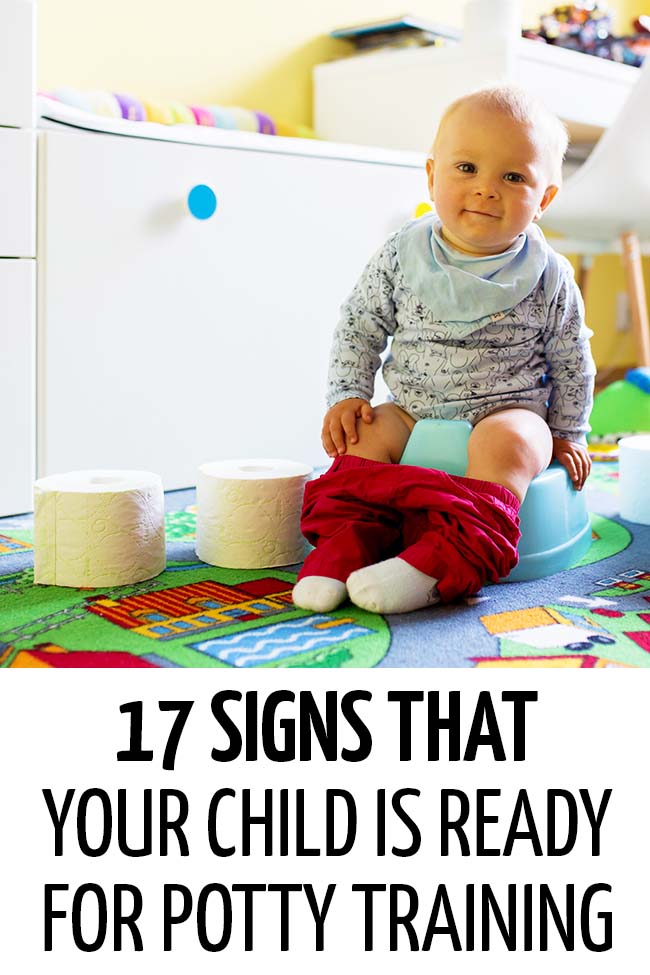
When Potty Training Goes Well
On one hand, potty training is a monumental parenting milestone . Get it right and your diaper-filled life is suddenly brimming with metaphorical candy floss.
No more washing or buying diapers.
No more chiselling dried ca-ca from your child’s peachy behind. No more clearing up after the latest " poo-nami mega-explosion".
One more step towards the civilised, tranquil life you vaguely recall before you were buried under a mountain of infant excrement.
The Dangers of Potty Training Too Early
Get potty training wrong and life is less spun sugar, more poo filled pants.
Instead of neatly wrapping up a poop in a diaper and popping it in the bin, you have a child in underpants that are in no way designed for the job.
The poop leaks out, a pungent sticky gloop covering the sofa, cushions and carpet.
And you don’t even have the luxury of “5-minutes-to-get-somewhere-resembling-a-bathroom” to clean it up.
You’re suddenly dealing with a poo explosion on the side of the street.
Too graphic? Not for the faint hearted?
It’s better you hear the truth from someone who knows!
Related: 10 Things Most Kids Don’t Know About their Mother
A Word Of Potty Training Warning
Potty training is great fun but like all things “toddler” it can be stressful. You know those times when you offer your loving toddler the WRONG cookie and they turn into a flailing, screeching demon?
Imagine trying to convince your delicate angel (read demon in disguise) to go “potty” when they don’t want to?
Even your most honeyed Mary Poppins voice isn’t going to convince them to lay aside their favourite car, doll or book (whatever you do, don't try to convince them when they’re in front of the TV), in order to “do a squeeze”.
Not Everyone Learns to Potty Train in 3 Days at 2 Years Old
You’re replacing “I’ll just sit here and pee” with “having to stop playing with this amazing toy and go to the toilet every 2 to 3 hours.”
Your pooping prodigy may not be impressed.
So ignore all those people who potty trained during labour and concentrate on your own child.
It is better for your sanity, happiness and future grandchildren to wait until you are sure your toddler is ready and showing signs of potty training readiness before you embark on potty training.
I know that the rest of the world is showing off that their baby can do a perfect poop at just 2 years old, but that doesn’t necessarily mean your child can.
Not only do you need to think about when the best age to start potty training is? (Hint, one Urologist says that your child’s bladder grows better when it’s allowed to empty frequently.)
You also need to see that your child has certain developmental skills before you attempt potty training. Otherwise, “poo-nami” with no diaper.
Enough said.
You want to know how you can tell your kiddo is ready don’t you? Don’t worry, it’s nothing too complicated, I expect you can guess most of them.
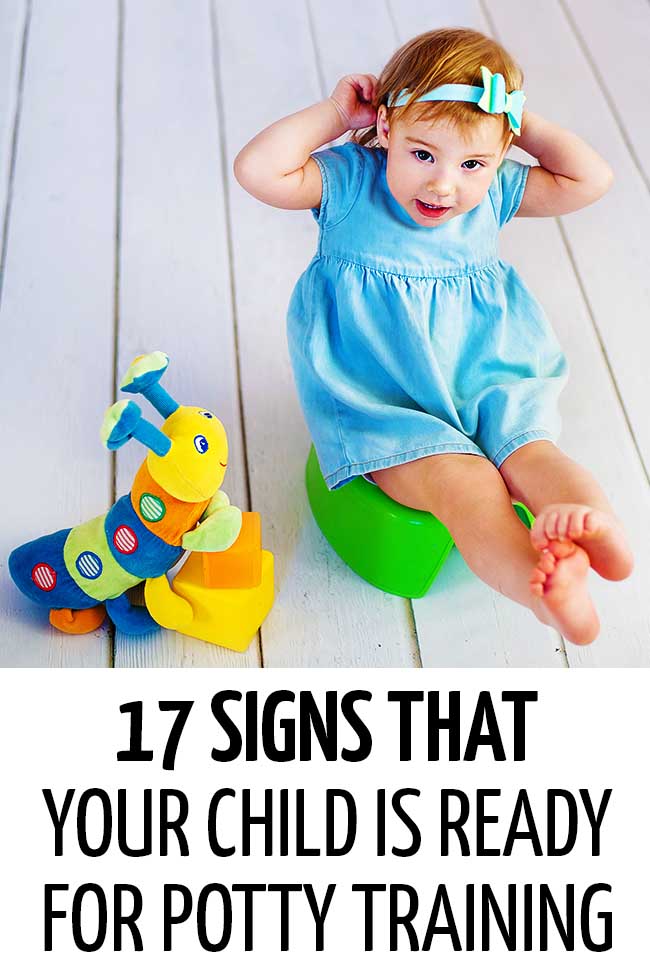
Physical Signs of Potty Training Readiness
- Your toddler can walk and sit still< on a potty for more than 3 seconds. If they are like my kids, they may need a good 30 minutes relaxing before opening their bowels. Check their daddy’s toileting habits as a gauge. If there’s a large pile of books by the side of the toilet, chances are you’ve got a “relaxer” on your hands.
- Your toddler can pull their trousers up or down (use elasticated waists to help them. Trackie bums are perfect for the next couple of years.)(Aside: For those of you who are unsure of the British term “trackie bums”, think sweat pants, gym pants or trackie dacks. They are officially listed in the urban dictionary who demonstrates its usage with the phrase "Wow, those are some fly trackie bums. You is lookin' HOT”)
- Your toddler can unroll some toilet paper and wipe themselves. They may not be able to clean themselves properly, but you’ll want to teach them how to wipe their own bottoms from the get-go, even if you have to actually do it for them or check it for the next couple of years.
- Your toddler has regular, well-formed, soft and squishy but not hard bowel movements at relatively predictable times. (see note below.)
- Your toddler has "dry" periods of at least two hours or during naps, which shows that his bladder muscles are developed enough to hold some urine for longer than 2 minutes. (You don’t want to teach them to hold on to the urine when they actually need to do a wee. The idea is to understand they need a wee and then go to the toilet.)
Related: Why You Can’t Reason with a Screaming Toddler
Cognitive Signs of Potty Training Readiness
- Your toddler understands the difference between wet and dry.
- Your toddler understands the concept of doing a wee or a poo.
- Your toddler dislikes the feeling of wearing a wet or dirty diaper.
- Your toddler shows interest in others' bathroom habits (tries to “help” you go to the toilet).
- Your toddler gives a physical or verbal sign when he's having a poo such as grunting, squatting, or even talking. (If you have a toddler who chooses to do the later then congratulate yourself.)
- Your toddler understands when they need a poo or wee and can tell you with more than 3 seconds notice.
Related:When Your Toddler Refuses to Brush Their Teeth
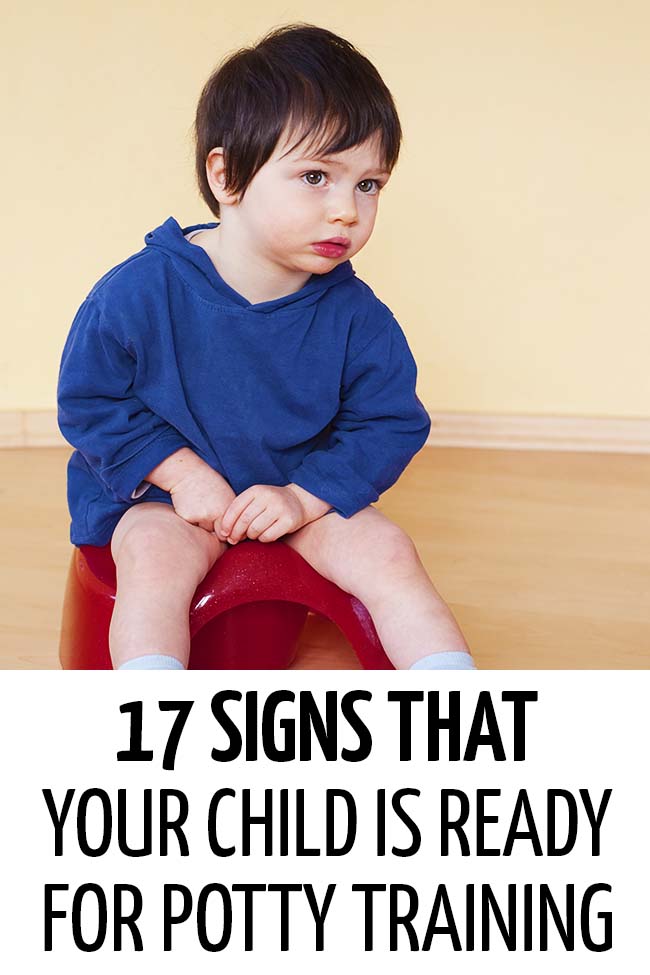
Behavioural Signs of Potty Training Readiness
- Your toddler demonstrates desire for independence
- Your toddler isn't resistant to learning to use the toilet. Bonus points if they are enthusiastic to give it a go.
- Your toddler can follow simple instructionssuch as “sit on the potty!“
- Your toddler has words or signs for urine and stool.
- Your toddler is in a generally cooperative stage, not a negative or contrary one. (OK, as far as toddlers are concerned, otherwise everyone would be getting married before they started to potty train!)
- Your toddler enjoys washing hands. (In an ideal world. Just being able to is a start, but remember that they’ll need to wash their hands after EVERY attempt and it can’t turn into a bit of a battle. My toddlers often says “no thanks!” and just walks off. I have to make him come back and wash them properly.)
Should Your Toddler have a Predictable Bowel Habit Before Potty Training?
Lots of people tell you that your child’s bowel movements need to be predictable before you can potty train them. I don’t believe that’s true. It may make life easier, but the whole point is that your toddler learns to understand when their body needs to go and acts accordingly. Some kids just don’t have a predictable poo routine and that’s fine.
Avoid Constipation Before Potty Training
If your child is constipated it’s going to make potty training really difficult. You’re aiming for lots of soft squishy poo. (Remember “Mr Whippy” ice cream? That soft!)
Ideally, they should be going at least once a day.
If your child is not going once a day, try increasing the amount of fruit and vegetables they eat. (If you need some help with that, helping kids eat vegetables might be a secret passion of mine. Not so secret? OK, still happy to help! And if you have a toddler who won’t eat, that’s my specialist subject.)
Constipation isn’t always easy to pick up and may need more than a prune to resolve. If you’re worried, go chat to your family doctor.
Related: Constipation and Natural Stool Softeners for Kids
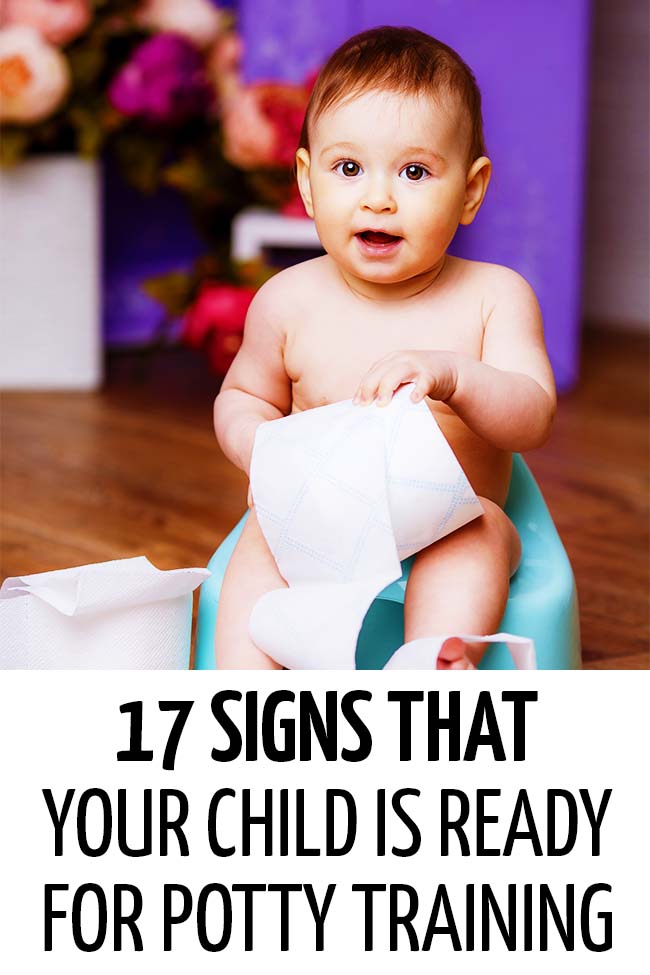
My Potty Training Confession
I have a confession to make. With my first child, I felt that compelling urge to prove I was a perfect parent by potty training at age 2 and 1 day. I hadn’t read about potty training readiness or more importantly the perfect age to potty train.
My child was clearly not ready to potty train and nor was my family. It was a disaster (you can read the How Much Is Your Toddler Actually Eating?
Trouble Feeding Toddlers?
Are you having problems with feeding your toddler a healthy diet? It can be SO frustrating at times. Check out my Feeding Toddler Cheat Sheet and Food Diary, that you can get for free. Just sign up to my newsletter and I’ll send you helpful tips for the most stress free way to teach your kids healthy eating habits from an early age.
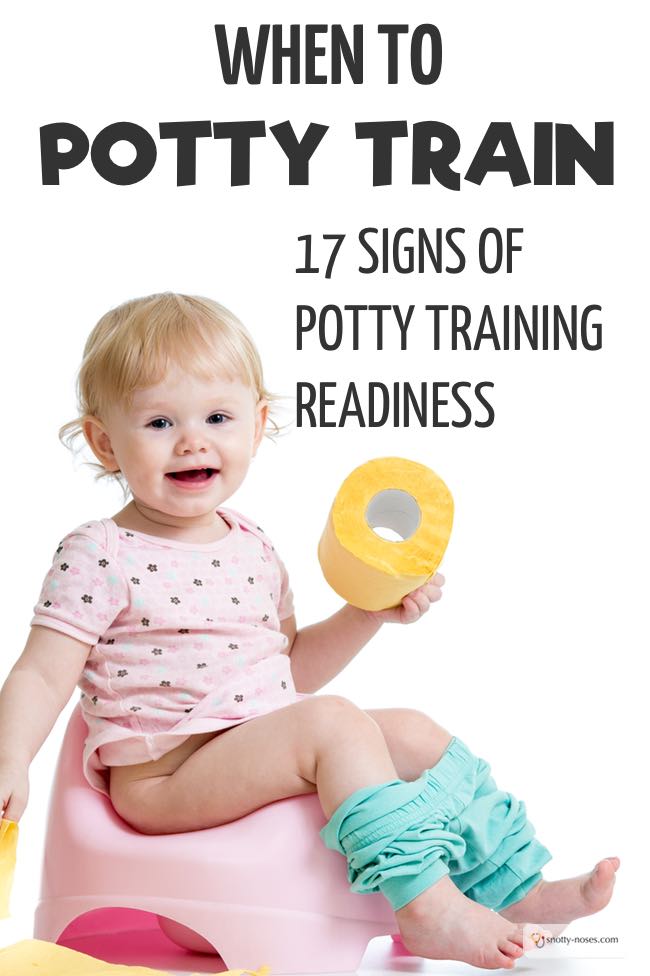

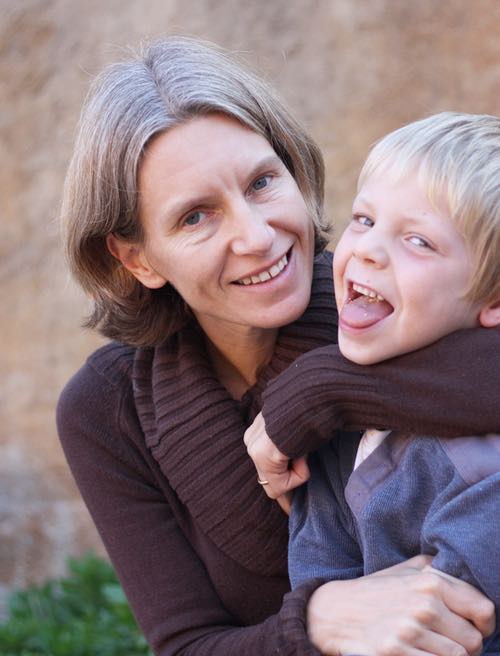
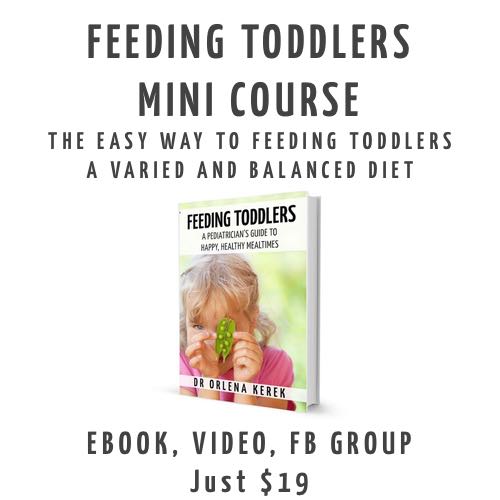 Feeding Toddlers.
Feeding Toddlers.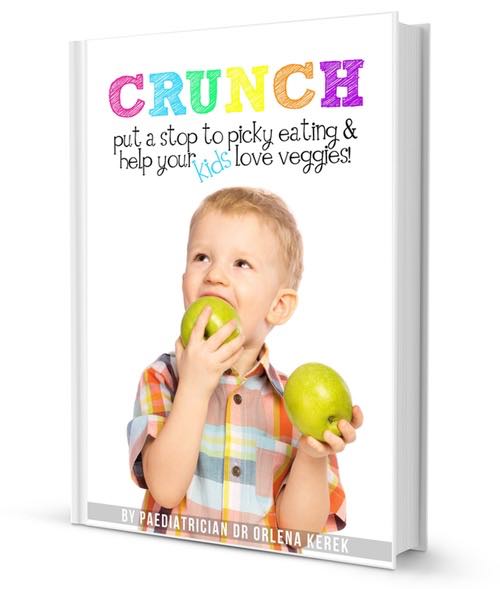 Would you like your kids to eat more healthily? Check out the book!
Would you like your kids to eat more healthily? Check out the book!